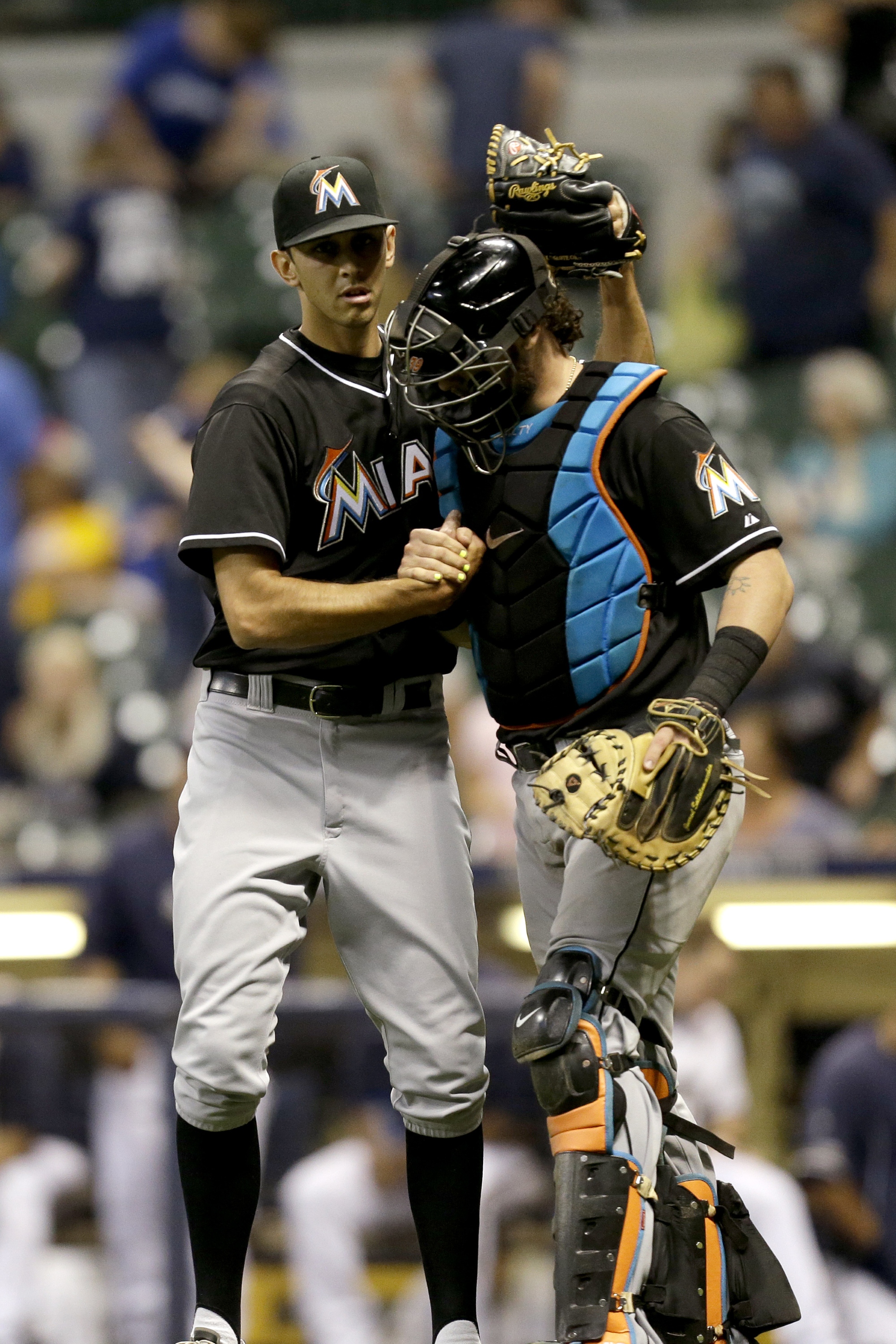For baseball players in the offseason, workouts depend on their role
JUPITER, Fla. – Predictably, a gym full of baseball players preparing for the 2015 season is a far different scene than what you’d see at your local gym. There’s no one struggling on a treadmill. Instead of the bench press being the most prevalent exercise, the room is dominated by squats, deadlifts and lunges; all lower body exercises. There are a lot of people using foam rollers and doing shoulder strengthening routines.
And while there is a lot of commonality in terms of exercise selection and philsophy, each player is training for his needs and role on the diamond.
Just like an infielder doesn’t throw regular bullpen sessions and an outfielder doesn’t practice turning double plays up the middle, offseason workouts shouldn’t be uniform for every professional baseball player. You can’t simply ask how a baseball player works out. You need to specify, at the very least, the player’s position. And even then, it’s not as simple as saying every player at a certain position should train the same way.
A perfect example are relief pitchers and starting pitchers. While starters, especially those established in the major leagues, have the benefit of a routine and significant downtime during the season, relievers typically go into games not knowing if they’ll be needed.
“If [relief pitchers] expect their schedule to be neat and pretty, they’re never going to get the work in that they need,” Eric Cressey said. Cressey is the offseason strength and conditioning coach for numerous major and minor league players including Cleveland Indians pitcher Corey Kluber and Miami Marlins closer Steve Cishek.
“I use the analogy of making deposits at a bank. You make a bunch of deposits in the offseason, and once the season gets going, every time you go out and throw you take out a little bit of a withdrawal. You don’t need to make a deposit every day, but you need to do just enough to make sure your account balance stays where it needs to be.”
The workout for a pitcher is more than just shoulder strengthening exercises, though pitchers obviously need to have a strong rotator cuff. For the rotator cuff to function properly (and help minimize injury risk), the scapula (your shoulder blade) needs to be able to move freely. If it doesn’t, shoulder issues can arise.
“Basically, a lot of guys, their shoulder blades sit too low,” Cressey said. “That’s why if you walk into a major league clubhouse you’re going to see a lot of guys with that lower right shoulder, so pitchers tend to lose their upward rotation in their shoulder blade over the course of a season. Their lats get really gritty and there’s a lot of things that keep pulling that shoulder girdle down. So we need to work hard on maintaining [scapular] upward rotation.”
The lack of a routine is why relievers need to be as proactive as possible about training. The irregular schedule isn’t conducive to a regimented plan of exhausting workouts, especially in-season. A reliever can’t tell his manager he’s unavailable because his legs are sore from a debilitating squat session, while a starter can afford to be more aggressive with workouts on days he doesn’t throw.
Frequency is incredibly important, even if the workouts are just 20-30 minutes to stay fresh for a possible relief appearance later that night. Fresh, of course, being a relative term given the grueling demands of a 162-game MLB schedule.
“The guys that are a little bit trickier are closers, setup guys, guys who could conceivably throw three days in a row … ” Cressey said. “You can’t just kick the can down the road and say ‘you know what, hey, we’ll lift after you’ve thrown three days in a row because we know you won’t throw on that fourth day. You want that fourth day to be rest.”
More MLB coverage from Yahoo Sports:
– – – – – – –
Nick Bromberg is the editor of From The Marbles on Yahoo Sports. Have a tip? Email him at [email protected] or follow him on Twitter!
